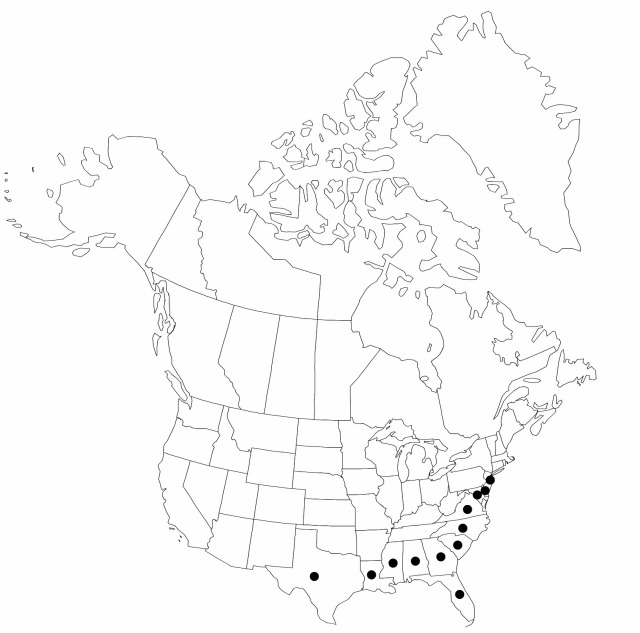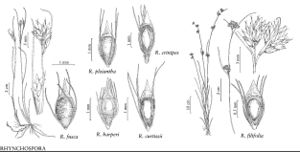Difference between revisions of "Rhynchospora filifolia"
Ann. Lyceum Nat. Hist. New York 3: 366. 1836.
FNA>Volume Importer |
imported>Volume Importer |
||
| (2 intermediate revisions by 2 users not shown) | |||
| Line 6: | Line 6: | ||
|place=3: 366. 1836 | |place=3: 366. 1836 | ||
|year=1836 | |year=1836 | ||
| + | }} | ||
| + | |special_status={{Treatment/ID/Special_status | ||
| + | |code=F | ||
| + | |label=Illustrated | ||
}} | }} | ||
|basionyms= | |basionyms= | ||
| Line 49: | Line 53: | ||
|publication title=Ann. Lyceum Nat. Hist. New York | |publication title=Ann. Lyceum Nat. Hist. New York | ||
|publication year=1836 | |publication year=1836 | ||
| − | |special status= | + | |special status=Illustrated |
| − | |source xml=https:// | + | |source xml=https://bitbucket.org/aafc-mbb/fna-data-curation/src/2e0870ddd59836b60bcf96646a41e87ea5a5943a/coarse_grained_fna_xml/V23/V23_416.xml |
|genus=Rhynchospora | |genus=Rhynchospora | ||
|species=Rhynchospora filifolia | |species=Rhynchospora filifolia | ||
Latest revision as of 20:40, 5 November 2020
Plants perennial, cespitose, 30–80(–100) cm; rhizomes absent. Culms erect or excurved, mostly filiform, leafy proximal to midculm, obtuse-angled to subterete, wiry. Leaves overtopped by culm; blades narrowly linear, proximally flat, 1–2 mm wide, distally tapering-triquetrous. Inflorescences: spikelet clusters 2–3(–4), distant, narrowly turbinate to hemispheric, mostly shorter than subtending setaceous bract. Spikelets red-brown, lanceoloid, 2.5–3(–4) mm, apex acuminate; fertile scale elliptic, 2–2.5 mm, acute, midrib excurrent as cusp or aristula. Flowers: bristles 6, reaching tubercle tip or beyond, antrorsely barbellate, base setose. Fruits 2–4 per spikelet, 1.5–1.7 mm, on setose pedicellar joint 0.2 mm, body with faces red-brown with pale glassy center, decurrent tubercle base; surfaces smooth; turbercle concavely triangular, 0.4–0.6 mm, setulose-ciliate.
Phenology: Fruiting summer–fall.
Habitat: Sands and peats of bogs, pineland pond shores, seeps, and low savannas in pinelands
Elevation: 0–300 m
Distribution

Ala., Del., Fla., Ga., La., Md., Miss., N.J., N.C., S.C., Tex., Va., West Indies (Cuba), Central America, South America.
Discussion
On the acidic, sphagnous substrates shaded by Taxodium ascendens, Nyssa biflora, and Ilex myrtifolia stands in western Florida and southern Alabama, culms of Rhynchospora filifolia reach their greatest length and are lax, leaning on other vegetation, and produce increasingly more distant clusters of spikelets that are of a paler color than is usual for the species. In fact, R. filifolia presents the greatest morphologic spectrum for its complex of species, a complex best held together by the uniformity of its fruits.
Selected References
None.
